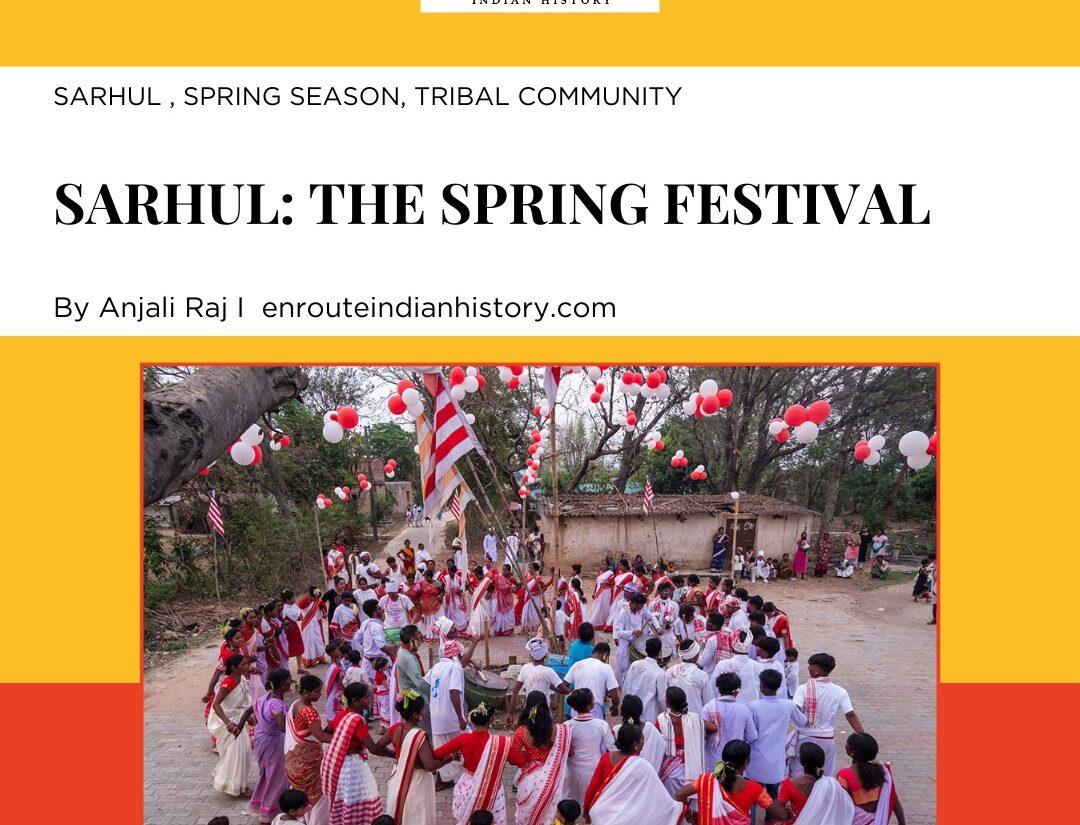India, a country so rich in diversity and culture, is also a place that is innovative and enriching in terms of taking care of its surroundings and environment. Each community and region has created traditions and patterns to adapt to its particular ecosystem and climate. One such region is Leh and Ladakh, nestled amidst the majestic Himalayan ranges, renowned for its breathtaking landscapes and unique cultural heritage.
Ladakh, once an independent kingdom from the mid-10th century, lost its independence in 1842 after being invaded by the army of Raja Gulab Singh of Jammu. It was then incorporated into the princely state of Jammu and Kashmir in 1846 and ultimately a part of independent India. Known by many other names like Moonland, Muruyul, Broken Moon and the Last Shangrila, it experiences a high-altitude desert climate characterized by extreme temperature variations, minimal precipitation, and harsh winters. This challenging climate has shaped how people sustain themselves and adapt to the environment. Despite the aridity, the region boasts a vibrant ecosystem, and the locals have adopted sustainable practices to thrive in this delicate balance.
Ladakh, an atypical desert shaped by the Himalayan rain shadow, receives minimal rainfall and experiences extreme temperatures. Scarce water resources and limited tree growth define the region’s architectural style, predominantly using poplars and willows for timber. Ladakh’s long winters, lasting over six months, create challenging conditions in one of the highest inhabited areas on Earth. The Indus River carves Ladakh’s geography, featuring valleys, gorges, and treacherous terrain necessitating alternate routes. These natural constraints have profoundly influenced the way of life in Ladakh, especially in the absence of abundant imported goods. Settlements were strategically placed to facilitate agriculture and grazing. Locals have relied on agriculture and animal husbandry for sustenance, as the region lacked resources to support large armies or complex political systems. Nonetheless, the resilient Ladakhi people have fostered thriving monastic communities and engaged in local and long-distance trade, effectively harnessing available resources to meet their needs.
The natural limitations in Ladakh have played a significant role in shaping the way of life for its communities, particularly when access to abundant imported goods was not feasible. Settlements were strategically located to ensure agricultural production and access to grazing fields. Agriculture, along with animal husbandry, has been the primary means of subsistence for the locals. Due to resource constraints and the region’s topography, large armies and complex political infrastructures were not sustainable. However, the people managed to support a thriving monastic community and sustain local and long-distance trade, demonstrating their ability to generate enough resources for their needs.
Talking about the sustaining architecture of this place, Ladakhi architecture relies on a minimal range of materials, namely earth, stone, and wood, which are used for constructing not only houses but also sacred buildings, defensive walls, fortresses, and even royal palaces. The construction techniques in the region primarily involve sun-dried mud bricks and rammed earth. The architectural style of folk houses in Ladakh is similar to those found in the southern Zanskar, Lahaul, and Spiti regions.
Typically, the walls of the first floor of a house are built by stacking stone and sun-dried bricks, with wooden beams and floor joists placed across them to support the walls of the second floor. Additional wooden beams are added as the construction progresses. Mud, compacted over wooden boards, forms the floors and roofs, which are typically flat since the region experiences minimal rainfall and waterproofing is unnecessary. In smaller rooms, beams are set directly from wall to wall, but in larger spans, columns are used due to the scarcity of thick timber for beams. Folk houses commonly have stables below the first floor and family rooms since the cattle’s body heat warms the main hall from below. Dry grass, straw, sticks, and other dry materials are commonly stored on the main hall’s roof to act as an additional layer of insulation. Ladakhi homes often feature a large window in the primary living area, strategically positioned to face the sun. This window is typically kept closed during the winter to harness solar radiation and act as a natural greenhouse. In some cases, double glazing is incorporated to enhance insulation and energy efficiency.
The central focal point of Ladakhi homes is the fireplace room, locally known as “chansa” or “byan-sa”. During the harsh winter months when temperatures plummet below freezing, the limited fuel resources are utilized efficiently to provide warmth. By using the chansa for both cooking and heating, the consumption of combustible materials is minimized as only a single room needs to be heated. In line with the semi-desert and desert climate of Ladakh, rooftops are flat, a characteristic feature of regions with scarce precipitation. While some houses have simple flat terraces on the upper level, many also incorporate covered verandas known as “yaps” or “gyabs”. Ladakhi houses exhibit a harmonious blend of simplicity and sophistication, honed over centuries. Thick masonry walls offer both structural stability and insulation, while wood is sparingly used for posts, beams, and window frames. Mud, in various forms such as unburned bricks and rammed earth, serves as the prevalent binding material and is used for both vertical and horizontal surfaces. Proper maintenance is crucial for the longevity of these constructions, as the dry climate and limited rainfall in Ladakh contribute to better preservation compared to other regions.
Lately, the cultural landscape of Ladakh, particularly in higher elevations, is undergoing a gradual transformation as small farmlands and orchards now replace once barren areas devoid of trees and vegetation. The region’s cultural legacy faces significant challenges due to the rapid and widespread effects of climate change. Increasing rainfall and rising temperatures pose a potential threat to the preservation of old structures and historic monuments in Ladakh. Climate change not only impacts the physical aspects of heritage sites but also has socioeconomic implications that shape the evolving cultural landscape. In response to the changing climate, traditional building materials and methods are being replaced by foreign technologies and materials that are better equipped to withstand the environmental challenges. The cultural, social, and architectural fabric of heritage components has been irreversibly eroded during the previous thirty years. The existence of these earthen buildings has been further challenged by regular rains and frequent seismic activity, which has resulted in their rapid disintegration.This transition signifies a shift in the cultural and architectural practices of Ladakh, influenced by the need to adapt to the changing climate patterns and protect the region’s cultural heritage. Despite this, Ladakh exhibits a highly evolved traditional understanding of controlling adverse climatic circumstances through vernacular construction, resulting in human survival for centuries. People’s architecture, particularly vernacular, is a dynamic reflection of how identity and sustainability are naturally linked in line with environment and culture.
References
High Altitude Houses: Vernacular Architecture of Ladakh Edoardo Paolo Ferrari
Ladakh Through the Ages : Towards a new identity Shridhar Kaul & H.N. Kaul
The Lost World of Ladakh Asian Highlands Perspective Journal Rupert Wilmot Nicky Harman
Ladakh The Land and The People Prem Singh Jina
Grammarly Score – 87
Plagiarism Score – 6%























